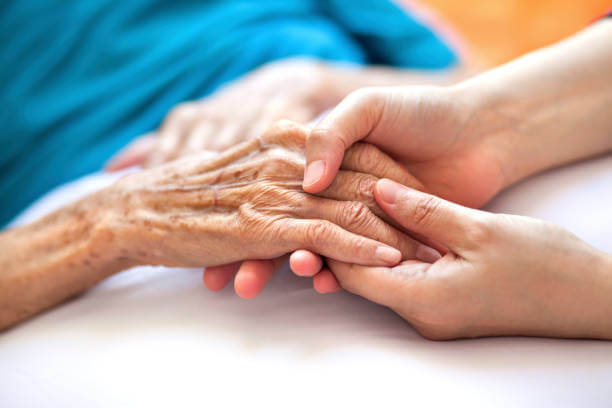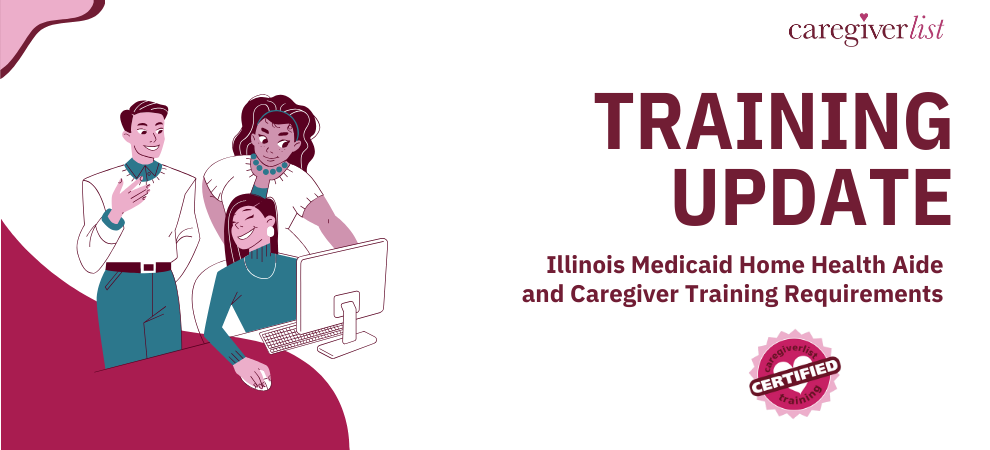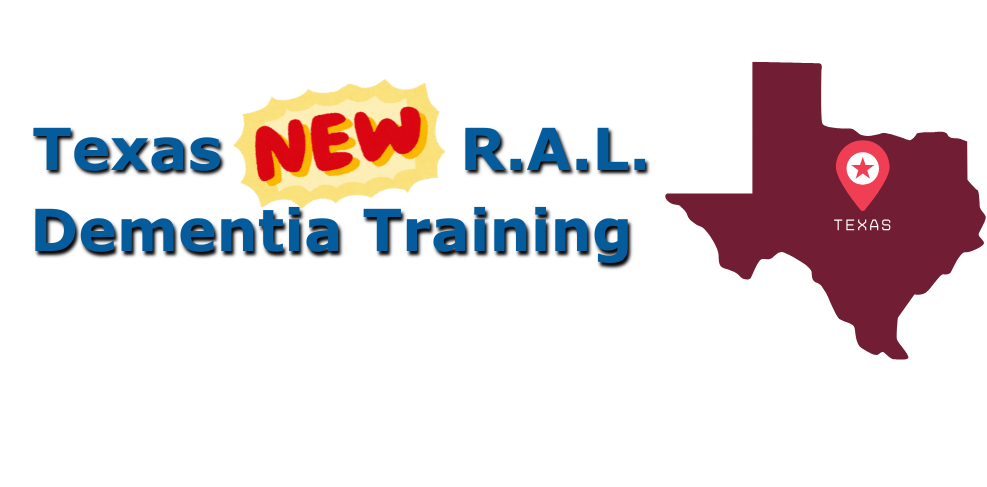Many caregivers feel overwhelmed when a patient or loved one develops Alzheimer’s Disease, the most common form of dementia. More than 5 million Americans currently suffer from the disease, a number that’s estimated to grow substantially during the next couple decades as our senior population increases with the aging of the Baby Boomer generation.
By 2030, more than 7 million people ages 65 and older will have Alzheimer’s, according to an estimate published in the newly released Alzheimer’s Association annual report. Angela Geiger, chief strategy officer at the Alzheimer’s Association, worked with Fox News to identify other key points of this new report, several of which relate to caregivers. Those caregiving for seniors with memory loss can use these 10 factoids on Alzheimer’s Disease to better care for their senior loved ones and senior clients.
- Alzheimer’s disease is more than lost memories. Forgetfulness is a hallmark symptom, but the disease cuts deeper. “Your body forgets how to function,” explains Geiger. In fact, Alzheimer’s disease causes death, as its progression eventually prevents the individual from engaging innate abilities like moving and swallowing.
- Early diagnosis may garner better care. According to 2009 research in the journal Alzheimer’s and Dementia, people 70 and older who were told they had Alzheimer’s or dementia by a doctor and were aware of it–or had family members who knew–tended to have more doctor contact and fewer days in the hospital. But early diagnosis, which can translate into a care plan that can have a significant impact on the quality of life of the individual and the family, is not always attained. “We know people don’t know enough about early signs [of the disease],” including healthcare professionals, says Geiger. Mood and behavior changes, an early warning sign of Alzheimer’s, often get misdiagnosed as depression, for example.
- Alzheimer’s patients have higher out-of-pocket costs. People 65 or older with Alzheimer’s disease or dementia pay 30 percent more in out-of-pocket healthcare costs than those without such disease, according to the new annual report.
- Total healthcare spending is radically higher in Alzheimer’s families. Add up all the healthcare dollars spent by various payers–including Medicare, Medicaid, and private insurers–on people 65 or older with Alzheimer’s or dementia, and you get triple the burden of people without, says the new Alzheimer’s Association report. “The costs get greater and greater as the disease progresses,” says Geiger, and more consistent, specialized care is needed, typically resulting in 24-hour nursing home care.
- Additional medical conditions complicate matters. The majority of people with Alzheimer’s or dementia also have at least one other serious medical condition, according to a January report by the Dartmouth Institute for Health Policy and Clinical Practice. For example, 60 percent also have hypertension, 26 percent have coronary heart disease, 23 percent have diabetes, and 18 percent have osteoporosis. The presence of Alzheimer’s or other dementia only complicates the management of another chronic disease. To properly control diabetes, notes Geiger, vigilant daily maintenance is required, from checking blood sugar to taking insulin to being extremely conscientious about food choices.
- Hospital trips become more frequent. Having Alzheimer’s or another form of dementia at age 65 or older resulted in triple the likelihood of a hospital stay compared with people without such an illness, says the January Dartmouth report. And the frequency extends to caregivers, too. A 2008 Journal of General Internal Medicine study found that nearly 1 in 4 caregiver spouses of people with Alzheimer’s or dementia required a trip to the emergency room or hospitalization.
- Family caregivers take a personal health hit. Multiple studies have found that unpaid caregivers for those who have Alzheimer’s or other dementia are more likely to have higher levels of stress hormones, reduced immune function, new hypertension, and new heart disease than noncaregivers. Geiger stresses the importance of caregivers’ efforts to alleviate their own stress: “We want to break down that isolation.” She encourages caregivers to participate in local face-to-face support groups or, if they prefer, anonymously in online message boards.
- Family caregivers face a long haul. People with Alzheimer’s and dementia typically experience a slow progression of the disease, so family caregiving is often a long-term prospect. A 2004 report by the Alzheimer’s Association and the National Alliance for Caregiving found that at any one time, nearly a third of these caregivers have been at it for five years or longer and nearly 40 percent have been doing so for one to four years.
- Family caregivers do the job free. The Alzheimer’s Association estimates that in 2008, 9.9 million caregivers–from children and other family members to friends and neighbors–provided 8.5 billion hours of unpaid care, which amounts to some $94 billion in value. On top of that, these caregivers pay an average of $219 per month out of their own pockets, according to the 2004 report by the Alzheimer’s Association and the National Alliance for Caregiving.
- The states will feel an increasing burden. The annual report estimates that by 2025, the western states of Washington, Oregon, Nevada, Idaho, Utah, Montana, Wyoming, Colorado, and Alaska will experience an 81 percent to 127 percent growth in the number of residents with Alzheimer’s Disease, as compared to year 2000. Also by 2025, California and Florida, where more than 500,000 residents will have the disease, will lead the nation in volume.
You can also learn more about the costs of senior care and ways to pay on Caregiverlist’s home page.







